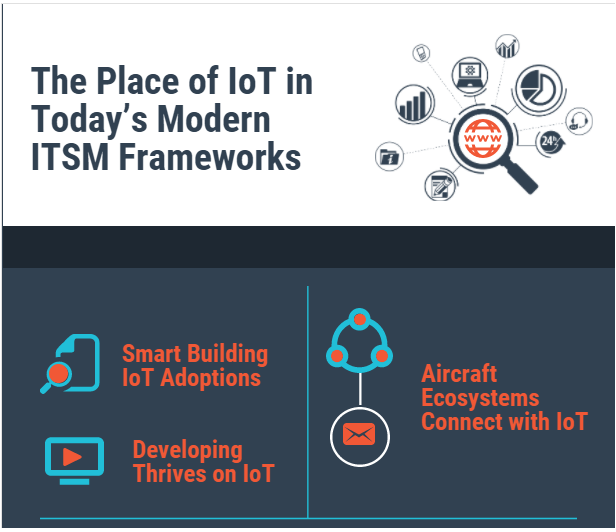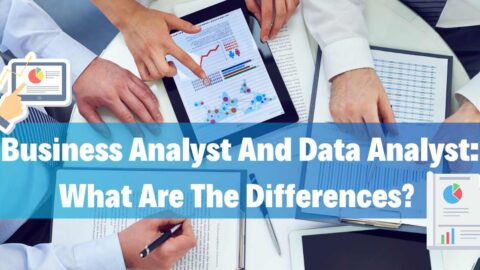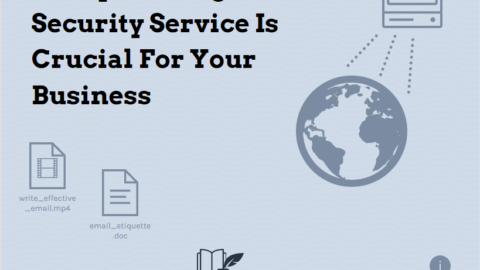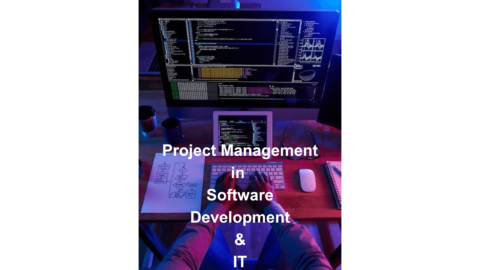The Place of IoT (Internet of Things) in Today’s Modern IT service management (ITSM) Frameworks
Nowadays, companies tend to move to computer modeling which is distributed, which in turn have even more data storage as well as processing. Here, the aim is to push the data process to the corner of the foundation. Edge Computing is the thing where you can put data and its analysis to the place where it is mostly required. IoT devices and other sensors are the main tools of this model. The number of the redistributed business processes can be predicted by IDC. This anticipates that business actions will boost from at least 20 percent to above 90 percent by the end of 2024. The internet of things (IoT) is widely used in today’s modern ITSM Frameworks to make life easier for both individuals and organizations.
Table of Contents
Most of the community is likely to assume that IoT devices are more into consumer appliances and other applications. Like Alexa and Siri which play music and smart fridges which remind you to stock up on food and Fitbit wearables that make you feel connected to your health. However, the real thing happens in industries behind the scenes. These industries include manufacturing, transportation, development of products, and other platforms of IoT devices, which gather data to help develop co-working managements as well as effectivity. Now, in the adoption of the internet of things (IoT), IT administrators are influencing IT service management (ITSM) Frameworks so as to manage their general strategy. That is because they try to operate the significant analysis as well as its flow of data throughout other enterprises.
Smart Building IoT Adoptions
It can be said that the internet of things (IoT) is the center of today’s building as well as the management systems of a facility. That is because smart buildings which use IoT devices and their sensors throughout the whole building system, not only save enough amount of energy but also enhance the experience of the tenant and employee in the office. By using IoT you can connect building-wide data and then transform the facility building operations. According to Daintree Networks, it has mentioned that about 60 percent of building managers in the US use IoT in their buildings, and 43 percent believe that IoT would change the way buildings are used in the upcoming three years.
What is more, companies take the advantage of smart building IoT adoptions in many different ways. Thanks to the internet of things (IoT) several data can be measured very easily. These involve endpoints, like smart energy grids, smarter use of heating, connected lighting, ventilation, and air conditioning (HVAC) controllers. This list continues with more eco-friendly and effective elevators and building automation systems (BASes). Also, IoT can be used to identify when and which rooms and desks are not utilized. This is done when data is connected without any error within the IT service management (ITSM) Frameworks so that analysts can have real-time happening at building operations and thus, can subsequently handle and fix problems.
Developing Thrives on IoT
Modern companies and factories depend highly on connected IoT devices and equipment. These allow them to gather and filter data to develop the efficiency of operations, boost safety and decrease cost. Thanks to the internet of things (IoT), plant managers have better predictions about productivity lines and thus, can know when a certain device or equipment does not work properly, determine usage patterns and downtime of machines, as well as comprehend which feature of which equipment is malfunctioning.
According to the American Society for Quality Survey, companies that use IoT in order to make processes digital have increased their efficiency by 82 percent, and almost half of all companies have fewer product failures.
Using IoT within the ecosystem of IT service management (ITSM) Frameworks allow companies to do the followings;
- Follow up the physical completeness and industrial equipment real-time asset health
- Manage the anticipated sustenance to analyze the time machines can fail, diagnose and create a quick fix
- Get quick prediction into warehouse inventory levels in order to maximize spare parts delivery as well as the capacity of production
- Enhance the shop floor safety by providing workers with wearable devices and using sensors that are environmentally sensitive
The Ecosystem of Aircraft to Connect with the internet of things (IoT)
IoT is the heart of the aviation industry as well. Sensors utilized on airport grounds, in airplane engines, cabins have an immense effect on flight turnaround times, which in turn allow decreasing costs throughout the board. Airline stake advantage of anticipated engine maintenance and its parts. In this way, they can easily manage the logistics of different delivery parts, geo-position data, and video cameras in order to develop safety and taxiing speeds, as well as to track big luggage.
Virgin Atlantic has recently started introducing internet of things (IoT) devices for cargo equipment and for Boeing 787 planes. The gathered data enable the airline to identify which possible equipment of the aircraft might be faulty so that they can fix the problem as soon as possible. By this way, delays due to such failures and other maintenance problems can be decreased by 20 percent. This also saves airline engineers to save about two hours daily.
What is more, Airbus has started a program called the Airbus Connected Experience, which is a customer-related experience. Here, there are IoT sensors in lavatories, on seats, and on overhead bins in order to collect real-time data, which in turn can be used by flight attendants as well as maintenance crews. Thanks to IoT, attendants and flight crews can see the usage of cabin equipment in order to enhance the cabin service, and thus, passengers will be offered a better and more personalized travel experience.
Where is IoT placed in IT service management (ITSM) Frameworks?
IT professionals are the people who come up with these kinds of ideas on IoT to bring efficiencies to our lives. Professional who work on IT service management (ITSM) Frameworks such as ITIL is very precious for the companies which need to develop the strategy to gather and analyze their data. If you can analyze data in more places, you will have operations with better efficiency.
See Also
Enterprise Architect Job Description

Bianca Scarlot is a technology and business leader with multi-industry experience. Throughout her career, she has provided the expertise and direction for leading-edge initiatives that included agile transformations, process reengineering solutions, and IoT service delivery innovations. She is director of AgileNova Training Academy.











Businesses can use advanced IoT analytics for advantages such as improved efficiency and productivity and reduced costs.
IoT is simplifying and enhancing everyday aspects of life. interesting topic!